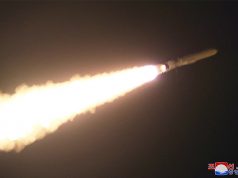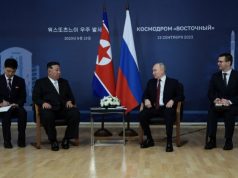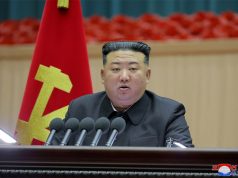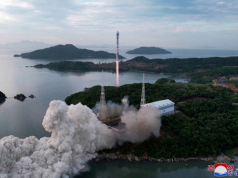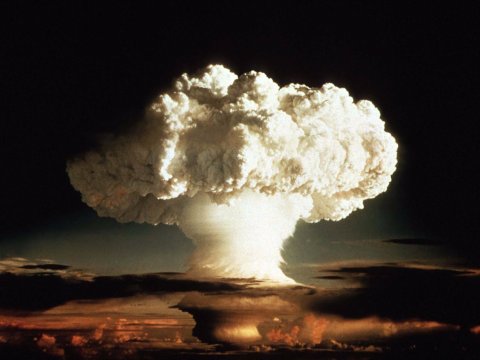
WASHINGTON — The North Korean foreign minister’s recent warning of a possible atmospheric nuclear test over the Pacific Ocean should be taken literally, a senior North Korean official told CNN in an interview aired on Wednesday.
“The foreign minister is very well aware of the intentions of our supreme leader, so I think you should take his words literally,” Ri Yong Pil, a senior diplomat in North Korea’s Foreign Ministry, told CNN.
North Korean Foreign Minister Ri Yong Ho said last month Pyongyang may consider conducting “the most powerful detonation” of a hydrogen bomb over the Pacific Ocean amid rising tensions with the United States.
The minister made the comment after President Donald Trump warned that the United States would “totally destroy” North Korea, which has been working to develop nuclear-tipped missiles capable of hitting America, if it threatened the United States.
CIA chief Mike Pompeo said last week that North Korea could be only months away from gaining the ability to hit the United States with nuclear weapons.
Experts say an atmospheric test would be a way of demonstrating that capability. All of North Korea’s previous nuclear tests have been conducted underground.
Trump next week will make a visit to Asia during which he will highlight his campaign to pressure North Korea to give up its nuclear and missile programs.
The strategy has so far failed to stop Pyongyang conducting nuclear bomb tests at an underground facility and test-firing ballistic missiles into the Pacific Ocean over Japan.
In spite of the bellicose rhetoric and repeated U.S. warnings that all options, including military ones, are on the table, White House officials say Trump is looking for a peaceful resolution of the standoff.
Separately, the U.S. Navy said in a statement that the aircraft carrier strike group Nimitz had entered the 7th fleet area of operation, which includes the Western Pacific and Indian Ocean.
It joins two other carriers, the Ronald Reagan and Theodore Roosevelt, in the region. Additional aircraft carriers are usually viewed suspiciously by China and North Korea.
Navy officials said the Nimitz, which was previously carrying out operations in support of the fight against Islamic State in Iraq and Syria, would be ready to support operations in the region before heading back to its home port and the movement had been long planned. It comes ahead of Trump’s visit to Asia, which includes China.






